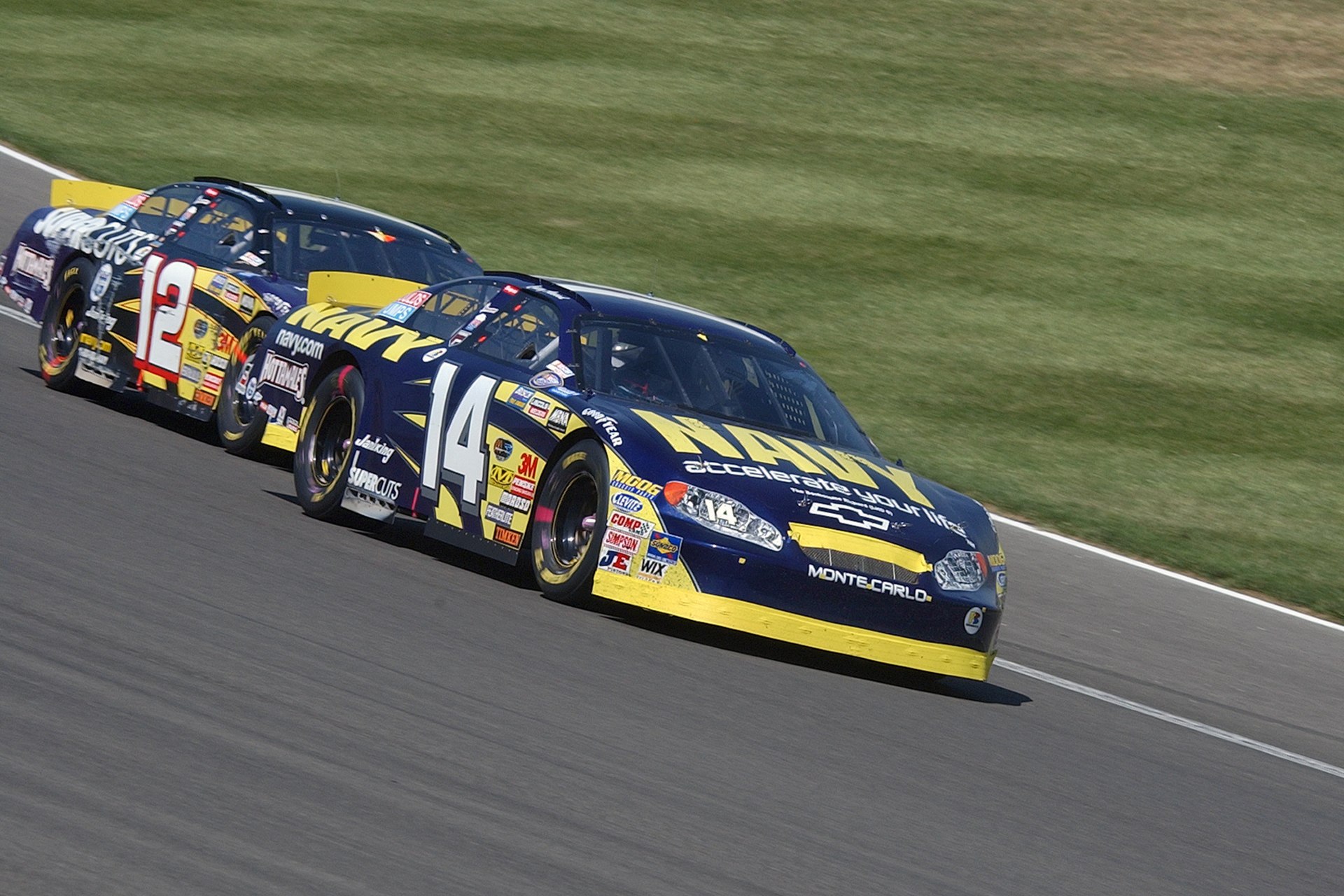NASCAR changes logo for first time in 40 years NASCAR Sporting News
Rangking: 45
Size: 37.9KB
Width: 960
Height: 540
Clint Bowyer: One of NASCARu002639;s Most Captivating Personalities Talks Legacy And Leaving His Mark

The National Association for Share Car Auto Racing (NASCAR) is an American auto racing sanctioning and working company that is best known for stock-car racing. Its three greatest or National series would be the Beast Energy NASCAR Cup Series, the Xfinity Series, and the Gander Outdoors Truck Series.
Regional series include the NASCAR K&N Pro Series East and Western, the Whelen Modified Visit, NASCAR Pinty's Series NASCAR Whelen Euro Series and NASCAR PEAK Mexico Series. NASCAR sanctions over one, 500 races at over 100 tracks in 48 US states as well as in Canada, South america, and Europe.
NASCAR has presented races at the Suzuka and Motegi circuits in Japan, and the Calder Park Thunderdome in Australia. NASCAR also ventures into eSports via the PEAK Antifreeze NASCAR iRacing Series and a sanctioned ladder system on that title.
The privately possessed company was founded by Bill France Sr. in 1948, and his son Brian France has already been CEO since 2003. The company's headquarters is in Daytona Beach, Florida. Internationally, its races are transmitted on tv in over 150 countries.
The Beast Energy NASCAR Cup Collection (MENCS) is the sport's highest level of professional competition. It is therefore the most popular and most profitable NASCAR series.
Since 2001, the Cup Series season has consisted of 36 competitions over 10 months. Authors and fans often use "Cup" to refer to the MENCS and the ambiguous use of "NASCAR" as a synonym for the series is usual.
The 2018 MENCS Champion is Joey Logano. The record for most championships is 7, held by three drivers: Richard Petty, Dale Earnhardt, and Jimmie Manley. Johnson has the record for most consecutive with five consecutive Cup Series drivers' championships from 2006 to 2010. Previously, the most consecutive championships had been three in a row by Cale Yarborough in the late 1970s, the only other time when a driver has received three or more NASCAR Cup Series championships in a row.
The Mug Series had its first title sponsor in 1972. R. J. Reynolds Tobacco Company, which had already been banned from television set advertising, found a favorite and demographically suitable consumer base in NASCAR fans and involved NASCAR as a promotional outlet.
Due to that sponsorship, the Grand National Series became referred to as Winston Glass Series starting in 1971, with a new factors system and some substantial cash benefits to contend for championship points. In 1972, the season was shortened from 48 competitions (including two on dust tracks) to 31.
1972 is often acknowledged as the beginning of NASCAR's "modern era". The next competitive level, called Past due Model Sportsman, gained the "Grand National" title approved down from the very best department and soon found a sponsor in Busch Beverage.
Dale Earnhardt Jr. (bottom), and team in success lane in 2005In 2004, Nextel Communications took over sponsorship of the premier series from R. J. Reynolds, who got sponsored it as the Winston Cup from 1972 until 2003, and formally renamed it the Nextel Cup Series. A new championship points system, the "Chase for the Nextel Cup, " (renamed "Chase for the Sprint Cup" in 2008) was also developed, which reset the point standings with 10 races to go, making only drivers in the top ten or within 400 points of the leader eligible to win the championship.
In 2007, NASCAR announced it was expanding "The Chase" from ten to twelve drivers, eliminating the 400-point cut-off, and giving a ten-point bonus to the top twelve drivers for each of the races they have won out from the first 26. Wins throughout the season would also be granted five more points than in previous seasons. In 2008, the premier series title name became the Run Cup Series, as part of the merger between Nextel and Sprint.
In 2011, NASCAR announced a number of major rules changes, the most significant being abandoning the points system from the 1947 club napkin. The winner of a race now receives 43 points, with one-point decrements for each and every subsequent position (42 for second, 41 for third, and so on).
The winner also gets 3 bonus points, and single bonus points are awarded to all motorists who lead a lap, plus the driver who leads the most laps. Another significant change requires the qualifying process for the Chase. The number of qualifying drivers will remain at 12, but only the top ten will qualify solely on regular-season points.
The remaining two Chase drivers will be the two drivers in the next 10 of the point standings (11th through 20th) with the most competition wins in the regular season.
In 2014, NASCAR announced another revamp to the Chase format, expanding the Chase pool to 16 drivers, and getting rid of four drivers after every three races, leaving four drivers to compete for the championship at the season finale at Homestead. In addition, wins were given an increased emphasis, with the 16 drivers with the most wins (15 if the points innovator is winless; points leader will receive an automated berth) gaining a spot in the chase. If there are less than 16 winners, the remaining places will be filled centered on the conventional factors system.
Monster Energy became the title sponsor in 2017, which changed the series' name to Beast Energy NASCAR Cup Collection. With Monster Energy's title sponsorship, NASCAR also forgotten "The Chase" name and now refers to the last 10 races simply as "the playoffs" similar to other sports.
Chevroletu002639;s New NASCAR Race Car Will Look Like a Camaro ZL1 Motor Trend
Alon Day NASCAR Start First Israeli NASCAR Driver Racing News
Trail Motorsport Wikipedia

